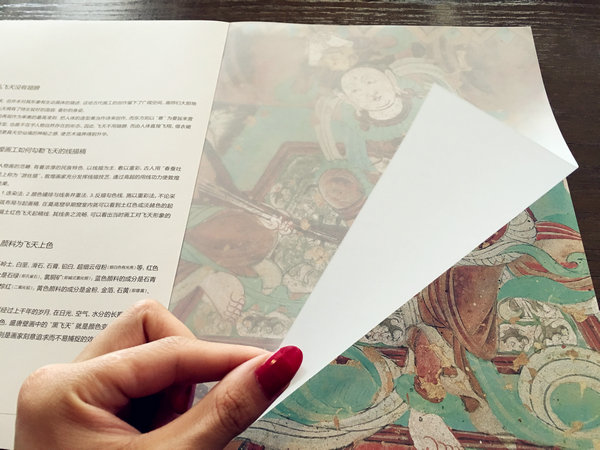 |
|
[Photo provided to China Daily] |
In the fresco, the flying Apsaras and the gods and goddesses in charge of song and dance play supporting roles.
"This piece from the No 320 Cave from the Tang Dynasty (AD 618-907) is very gorgeous. It is well preserved and has very rich content like various kinds of musical instruments, including flutes and the pipa (a four-stringed Chinese lute). The gestures of the flying Apsaras are very beautiful, too," he says.
In AD 366, a monk named Lezun arrived in Dunhuang and dug the first cave. And in more than 1,000 years of Chinese history, worshippers from different dynasties came to the place, leaving 45,000 square meters of frescoes and more than 2,000 colored sculptures in the 735 caves that have been discovered.
In its long history, the Mogao Grottoes was a place where people could seek comfort and express gratitude, until the Ming Dynasty (1368-1644) when Dunhuang was not part of the empire.
As Buddhism came from India, the early images of the flying Apsaras seem more Indian. But gradually, ancient Chinese painters added more local elements to their work.